100 years of votes for women: Six key players from the women’s suffrage movement
From the woman who threw herself in front of the king’s horse, to the exiled Indian princess who distributed suffragette literature.

The fight for women’s suffrage was led by women made famous by their daring stunts, law-breaking and non-violent forms of protest.
Some 100 years since the Representation of the People Act passed on February 6 1918, which allowed women over 30 with certain property qualifications to vote, here are some of the famous and lesser-known women who championed the cause.
Emmeline Pankhurst
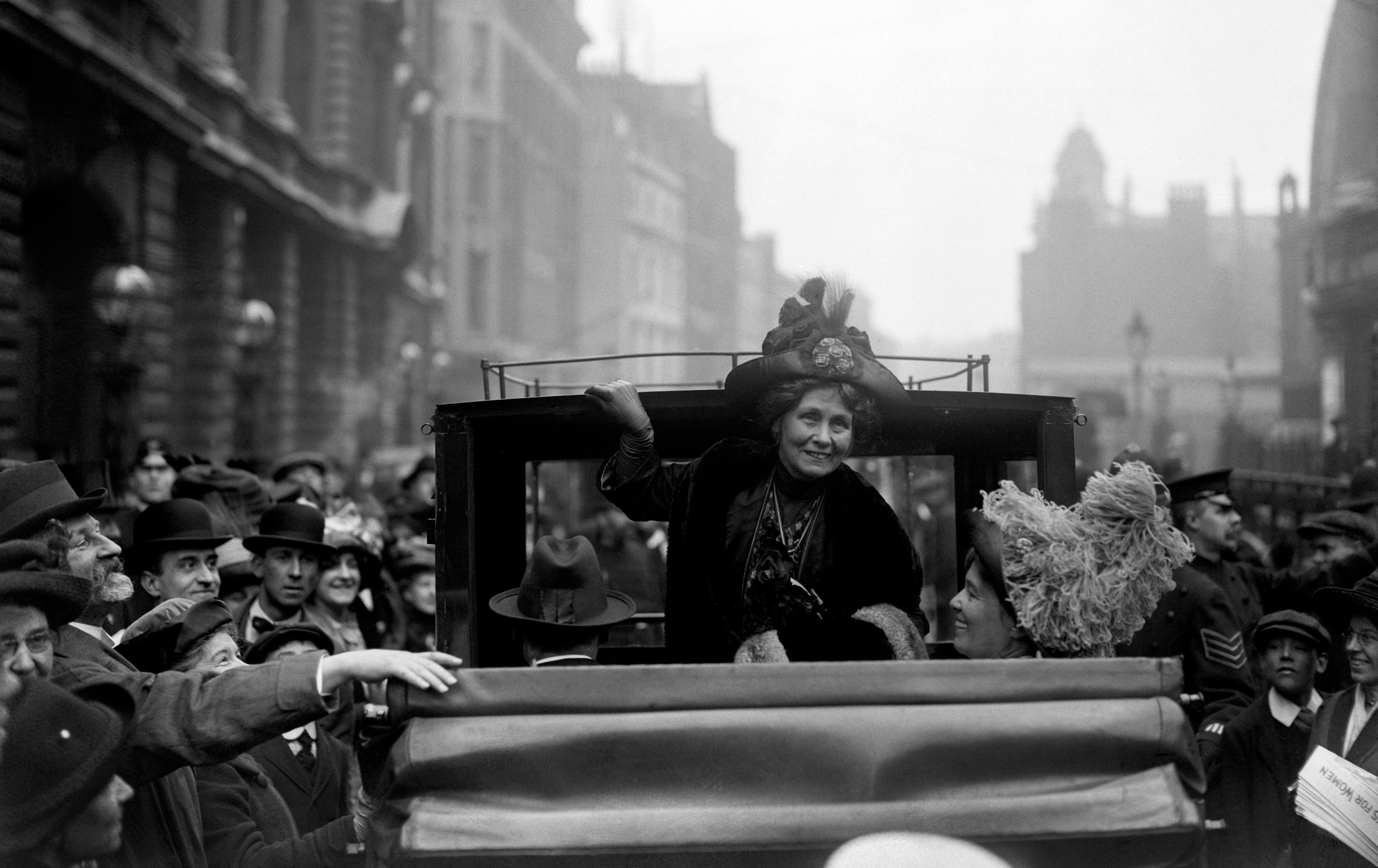
She was arrested several times and after being convicted of conspiracy to commit property damage, she used a common suffragist prison tactic – a hunger strike – to secure better conditions for her fellow suffragettes.
When the First World War began, Pankhurst refocused the WSPU’s efforts on supporting the war, causing a split in the group and within her own family. Her daughters Sylvia and Adela were pacifists.
Sophia Duleep Singh
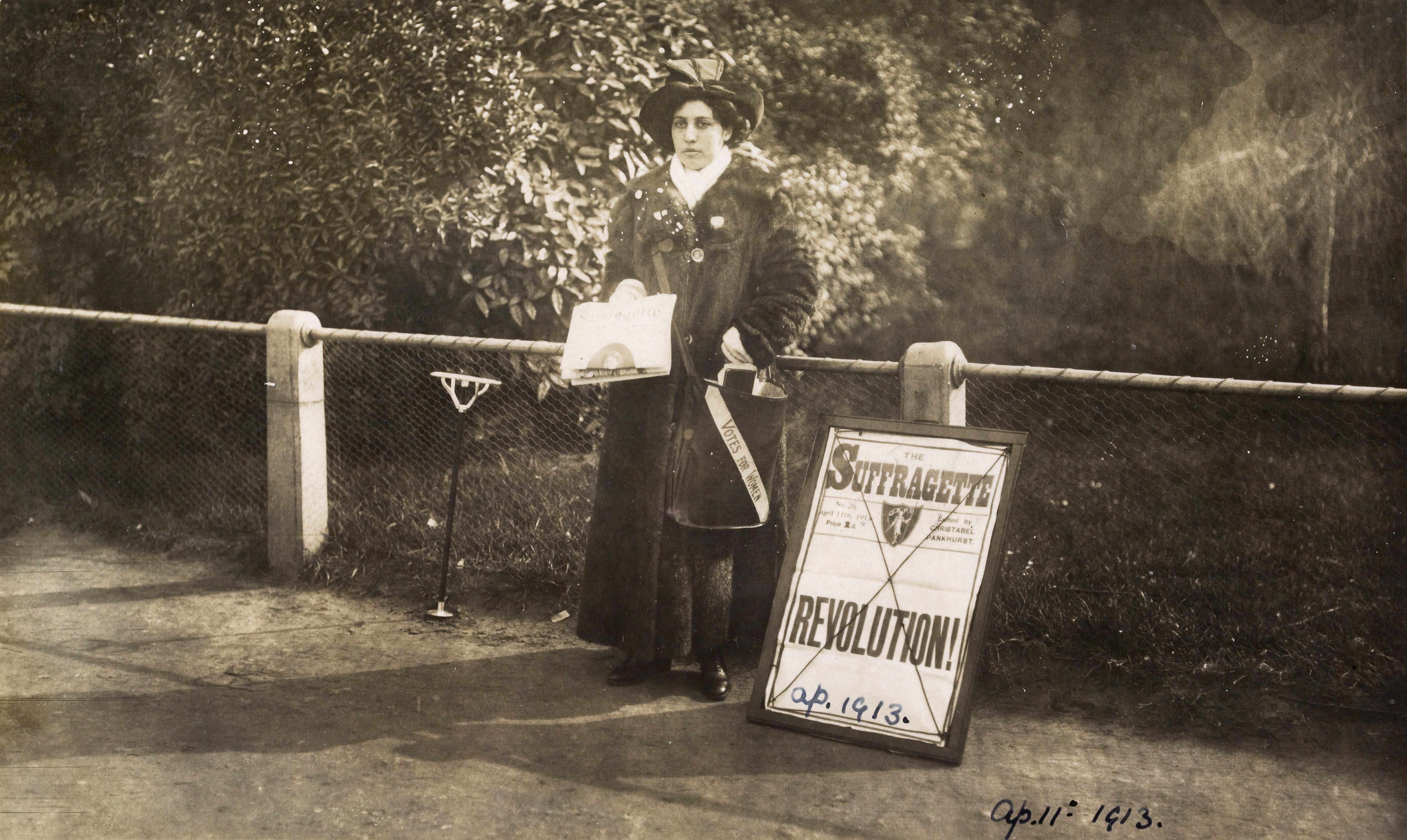
The queen even gave her lodgings at Hampton Court Palace, where she was often seen distributing suffragette newspapers, but despite these royal connections she was a member of the Women’s Tax Resistance League.
Her connections proved useful for the movement. In 1911, she was among women protesting at Downing Street as then-prime minister Herbert Asquith left for the king’s speech to parliament. Waving a suffragette poster and suffragist slogans, she threw herself at his car as he left, but was released without charge to avoid embarrassment for the royals.
Sylvia Pankhurst
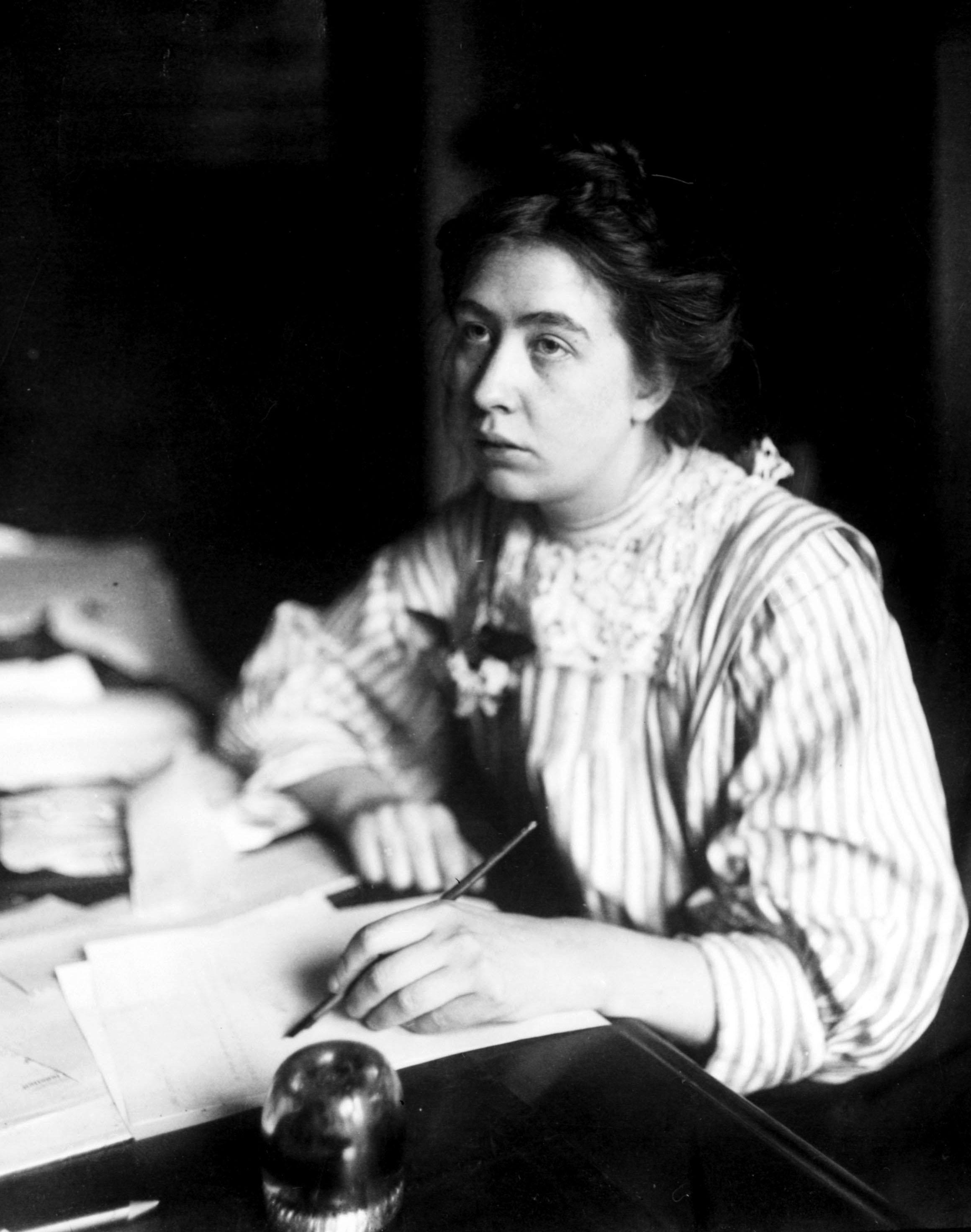
But unlike her mother and sister, she maintained a political affiliation, which for many years was restricted by the WSPU. After being expelled from the group for her part in labour movement causes and socialist beliefs, she founded her own group, the East London Federation for Suffragettes.
Sylvia was horrified that Emmeline and her favourite daughter Christabel joined the white feather movement, which aimed to shame men into enlisting in the army, and instead opposed the Great War, continuing to campaign for suffrage when the WSPU changed direction during the war years.
Emily Davison
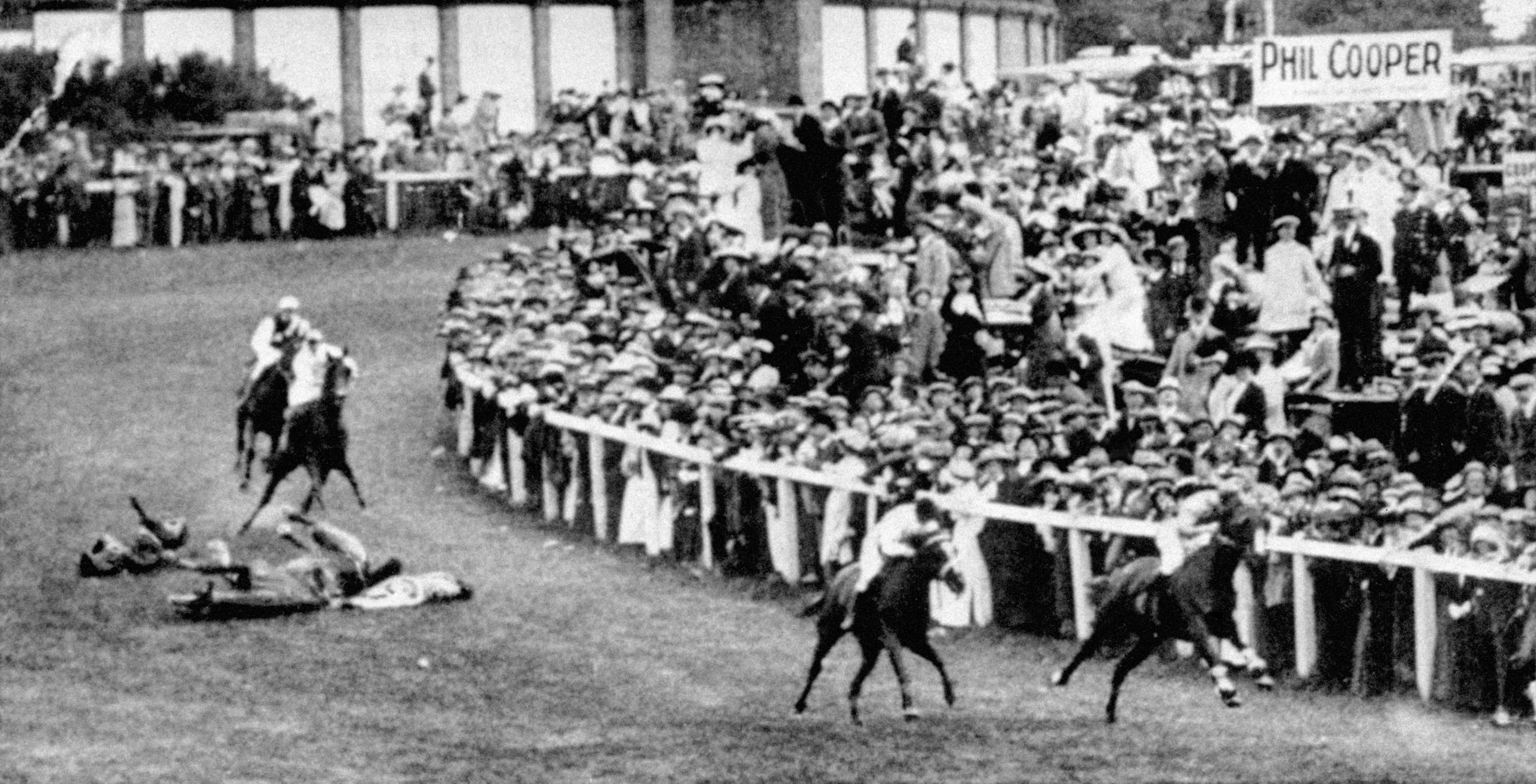
She was arrested and force-fed dozens of times, admitted setting fire to postboxes, and hid within the Palace of Westminster several times, perhaps most famously in a cupboard on the night of the 1911 census in an attempt to boycott it.
Tony Benn MP later placed a plaque in the cupboard himself to commemorate her act.
Flora Drummond
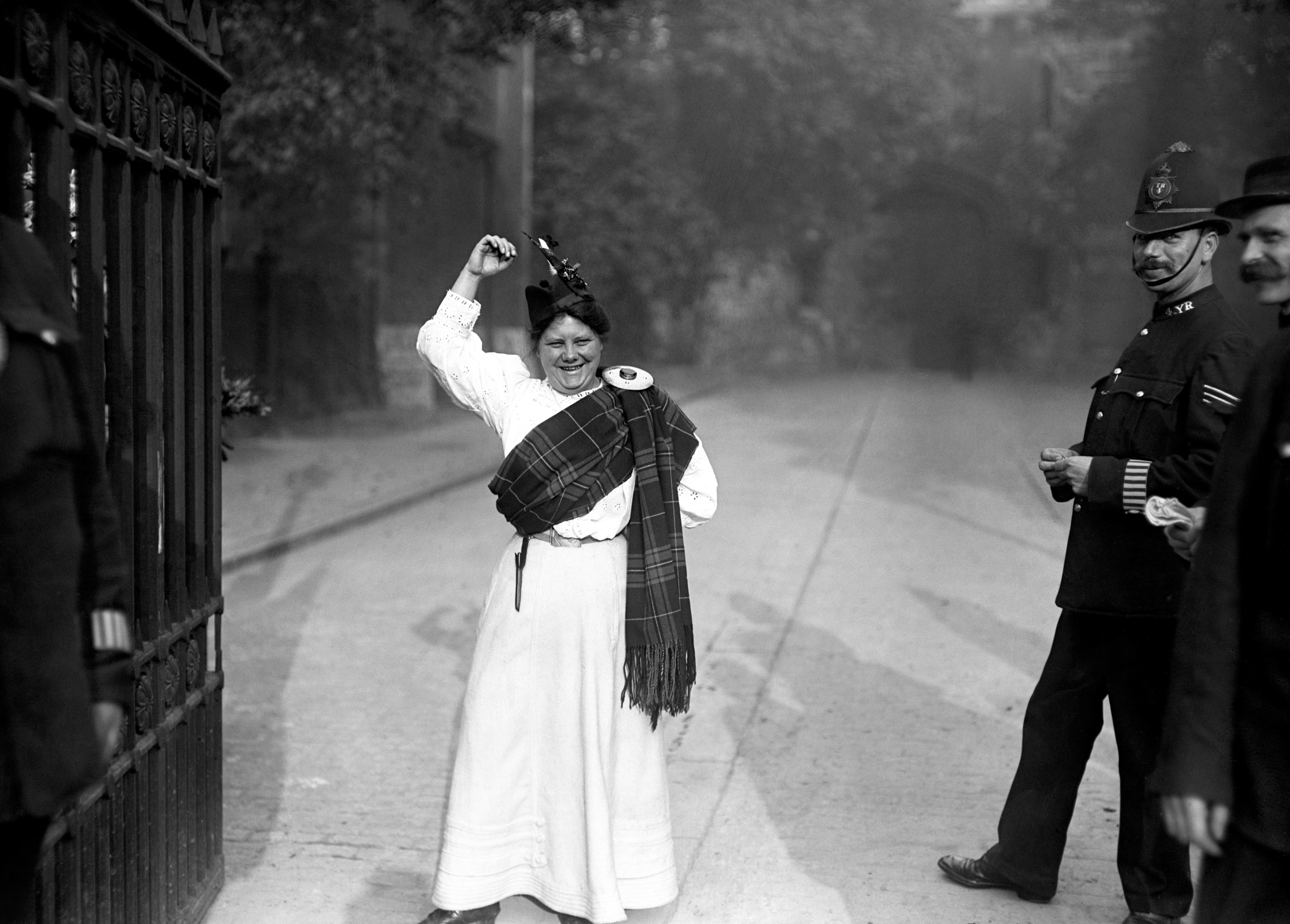
Her exploits included sneaking in through the front door of 10 Downing Street as her colleagues distracted police, and sailing a boat up to the Houses of Parliament so she could address MPs on the terrace.
Charlotte Despard
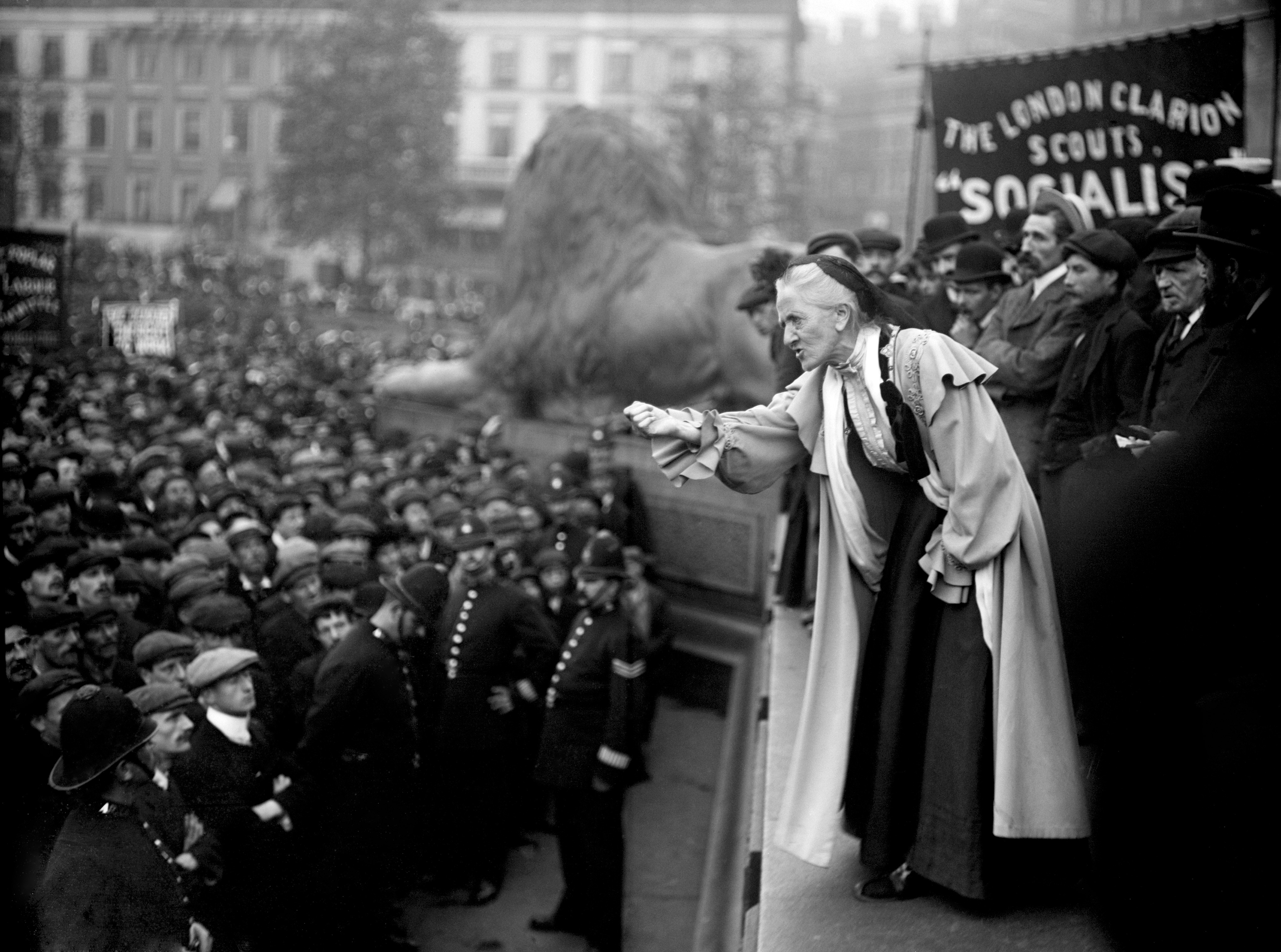
Although she was twice put in Holloway prison, she advocated non-violent means of protest such as withholding taxes and census boycotts.
One of the oldest prominent WSPU members, she was in her 60s when she left the group after her pacifist ideas contradicted their changed approach when war broke out.





